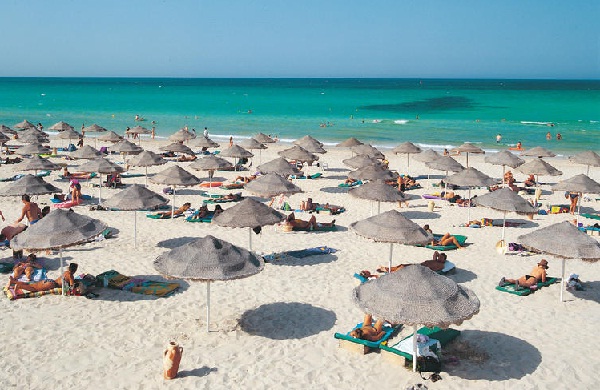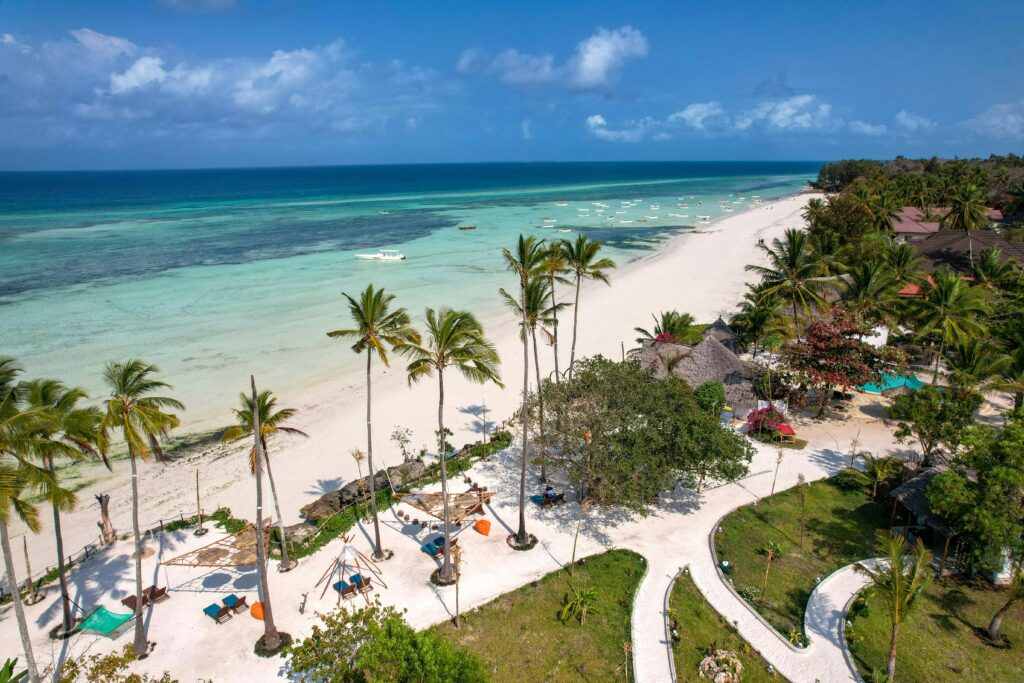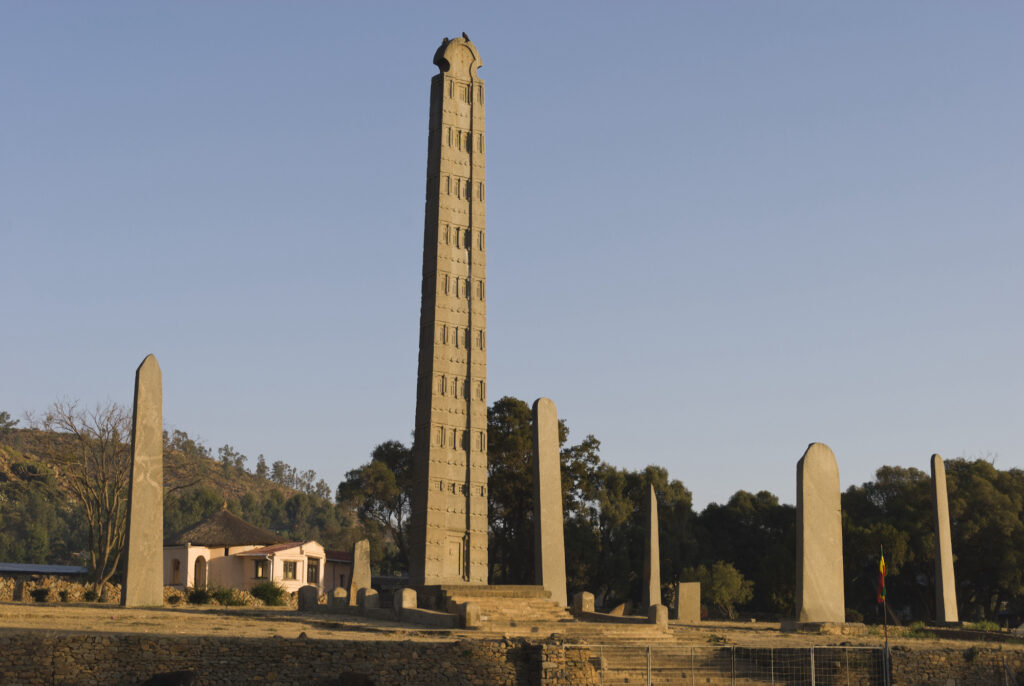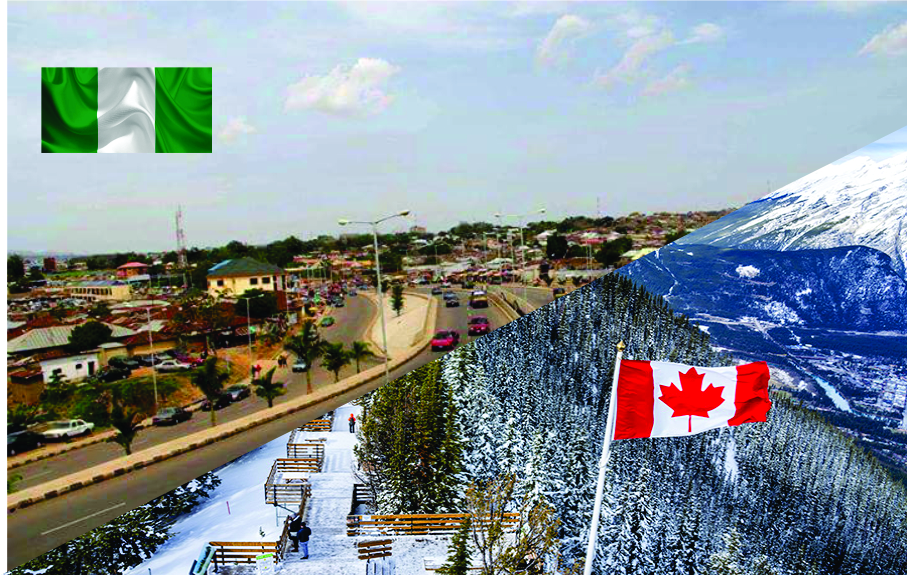|
Getting your Trinity Audio player ready...
|

Mali is a country rich in history, with deep cultural roots that span centuries. This West African nation is home to many historical buildings and monuments, from the ancient empire of Mali to the colonial era.
These landmarks tell the story of Mali’s past, from its thriving trade routes to its role in the spread of Islam. In this article, we’ll explore 13 historical buildings and monuments in Mali, each offering a glimpse into the country’s fascinating history.
Contents at a Glance
- 1 13 Historical Buildings and Monuments in Mali
- 1.1 1. The Great Mosque of Djenne
- 1.2 2. The Tomb of Askia
- 1.3 3. Timbuktu’s Sankore Mosque
- 1.4 4. The Kamablon House of Kangaba
- 1.5 5. The Djinguereber Mosque
- 1.6 6. Kankan Moussa’s Palace (The Ruins of Niani)
- 1.7 7. Fort of Medine
- 1.8 8. The Monument of Independence in Bamako
- 1.9 9. The Arch of Kamadjan
- 1.10 10. The Sidi Yahya Mosque
- 1.11 11. The Bandiagara Escarpment (Cliff of Bandiagara)
- 1.12 12. The Citadel of Kani Bonzon
- 1.13 13. The Governor’s Palace in Kayes
- 2 Frequently Asked Questions
13 Historical Buildings and Monuments in Mali
1. The Great Mosque of Djenne

The Great Mosque of Djenne is one of the most famous landmarks in Mali and it is famous the largest mud-brick structure in the world. It was built in 1907 on the site of an earlier mosque dating back to the 13th century. The mosque is a brilliant example of Sudano-Sahelian architecture.
The mosque is made from sun-baked mud bricks, which give it a distinctive appearance. Every year, the community gathers to re-plaster the mosque in a festival known as the “crepissage.” They ensure that this UNESCO World Heritage Site remains in excellent condition. The Great Mosque of Djenne is not only a place of worship but also a symbol of Mali’s Islamic heritage.
2. The Tomb of Askia

The Tomb of Askia is located in Gao, the capital of the ancient Songhai Empire. It was built in 1495 during the reign of Askia Mohammad I. Askia Mohammad I is the ruler who transformed the Songhai Empire into one of the largest empires in African history.
This large, earthen structure is shaped like a pyramid and is an excellent representation of traditional West African architecture. The tomb is a UNESCO World Heritage Site.
It symbolizes the influence of Islam in the region and the power of the Songhai Empire. The monument has two mosques be it side and continues to be an important religious and cultural site for the local community.
3. Timbuktu’s Sankore Mosque

Timbuktu, once a hub of Islamic scholarship and trade, is home to several historical buildings. The Sankore Mosque is one of the most important. It was built in the 14th century. It was part of the University of Timbuktu, which attracted scholars from across Africa and beyond.
The mosque is made of mud and straw, similar to the Great Mosque of Djenne, and is a testament to the importance of education and religion in ancient Mali. Today, it stands as a reminder of Timbuktu’s golden age and its role in spreading knowledge throughout the Muslim world.
4. The Kamablon House of Kangaba

The Kamablon House is located in the town of Kangaba. It is a sacred building that has been an important part of Mali’s cultural heritage for centuries. The house is a simple structure made of mud, but its significance lies in its role in preserving the oral history of the Keita dynasty, which ruled the Mali Empire.
Every seven years, the elders of the Keita family gather in the Kamablon House to retell the history of their ancestors. This tradition has helped keep the story of the Mali Empire alive through generations. The Kamablon House is a symbol of the importance of oral tradition in West African culture.
You may also like: The Best Night Life Lounges in Abuja, Nigeria (Tourist Friendly)
5. The Djinguereber Mosque

The Djinguereber Mosque is another important historical site in Timbuktu. It was commissioned by Mansa Musa, the ruler of the Mali Empire, in 1327. The commission was after his famous pilgrimage to Mecca. The mosque is part of the larger University of Timbuktu and has been a center of Islamic learning for centuries.
The Djinguereber Mosque is made of mud, straw, and wooden beams. It is a classic example of West African architecture. It continues to function as a place of worship and is a UNESCO World Heritage Site, attracting visitors from around the world.
6. Kankan Moussa’s Palace (The Ruins of Niani)

The ruins of Niani were once the pieces that make up the capital of the Mali Empire. It includes the remains of Kankan Moussa’s Palace. Mansa Musa, also known as Kankan Moussa, was one of the richest and most powerful rulers in history. His palace in Niani was a symbol of the wealth and grandeur of the Mali Empire.
Although much of the palace has crumbled over the centuries, the ruins still give a sense of the empire’s former glory. Visitors to the site can imagine what life was like during the height of the Mali Empire, when Niani was a center of trade, politics, and culture.
7. Fort of Medine

The Fort of Medine is located near the town of Kayes. It was built by the French in the 19th century during the colonization of Mali. The fort played an important role in France’s efforts to control the region. It served as a military outpost and a base for colonial expansion. It was the site of several battles between French forces and local resistance fighters.
Today, the fort stands as a reminder of Mali’s colonial past and the struggles for independence. The fort is well-preserved and offers visitors a glimpse into the military history of the region.
8. The Monument of Independence in Bamako

The Monument of Independence in Bamako is a modern monument that symbolizes Mali’s struggle for freedom from French colonial rule. It was erected in 1960 when Mali gained its independence and became a republic. The monument is located in the heart of Bamako, the capital of Mali.
It is a popular gathering place for locals. It is also a symbol of national pride and a reminder of the sacrifices made by those who fought for Mali’s independence. The Monument of Independence is a place to visit for visitors in Bamako, as it represents a pivotal moment in the country’s history.
9. The Arch of Kamadjan

The Arch of Kamadjan is a natural rock formation located near the town of Siby, about 50 kilometers from Bamako. According to local legend, the arch was created by Kamadjan Camara, a warrior king who ruled the region. The arch has spiritual significance for the local population and it has a close link with the ancient Mande Empire.
Visitors can hike to the arch and enjoy stunning views of the surrounding landscape. The Arch of Kamadjan is not only a geological wonder. It is also a cultural monument that reflects the deep connection between the people and their land.
10. The Sidi Yahya Mosque

The Sidi Yahya Mosque is located in Timbuktu. It is another historical building tied to Mali’s Islamic heritage. It was completed in 1440 and named after its first imam, Sidi Yahya. According to local legend, the mosque’s main gate would only be opened at the end of the world, but it was eventually opened in 1996 during renovations.
The mosque is famous for its unique architecture and its role in the spiritual and educational life of Timbuktu. Like the other mosques in Timbuktu, it is part of the UNESCO World Heritage Site that celebrates the city’s rich history.
You may also like: New Tourist Destinations in Cape Verde
11. The Bandiagara Escarpment (Cliff of Bandiagara)

The Bandiagara Escarpment is a towering cliff that stretches for nearly 150 kilometers through the Dogon region of Mali. While primarily a natural landmark, the escarpment is dotted with ancient buildings and structures. These buildings and structures is the home of the Dogon people for centuries.
The cliff is home to cave dwellings, granaries, and sanctuaries built into the rock which showcases the unique architectural techniques of the Dogon civilization. The Bandiagara Escarpment is a UNESCO World Heritage Site and remains one of Mali’s most important cultural and historical landmarks.
12. The Citadel of Kani Bonzon
The Citadel of Kani Bonzon is located in the Dogon region of Mali. This ancient structure is perched high on cliffs and was built by the Dogon people as a fortress for protection against invaders.
The citadel’s strategic location and unique architecture reflect the ingenuity and resilience of the Dogon civilization. Visitors to Kani Bonzon can explore the remnants of the citadel and enjoy the views of the surrounding landscape.
13. The Governor’s Palace in Kayes

The Governor’s Palace in Kayes is a colonial-era building constructed by the French during their occupation of Mali. This elegant building reflects the architectural style of the colonial period and was once the residence of the French governor.
Today, the building is a government office, but it stands as a reminder of Mali’s colonial history and its journey towards independence. The palace is well-preserved and offers a glimpse into the lifestyle of the colonial elite in the early 20th century.
Frequently Asked Questions
1. What is the most famous historical building in Mali?
The Great Mosque of Djenne is the most famous historical building in Mali. It is famous as the largest mud-brick structure in the world.
2. Can tourists visit the Kamablon House during the historical ceremony?
The seven-year ceremony at the Kamablon House is a sacred and private event primarily for local elders, and tourists typically do not attend. However, they can learn about the history and cultural significance of the house during other times of the year.
3. Why is the Arch of Kamadjan famous as a spiritual site?
The Arch of Kamadjan holds spiritual significance because of its association with the legendary king Kamadjan Camara.
Conclusion – 13 Historical Buildings and Monuments in Mali
Certainly, Mali’s historical buildings and monuments reflect the country’s rich and diverse history. These monuments and buildings tell the story of Mali’s past empires, faith, resilience, Islamic influence, and colonial struggles.
If you are planning a visit to Mali, you should visit these monuments and buildings. Mali offers visitors a chance to connect with its past and appreciate the cultural heritage that continues to shape the country today.








